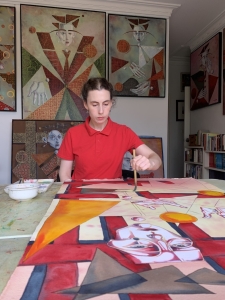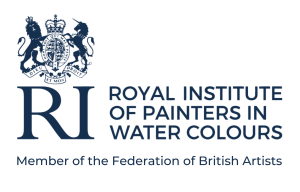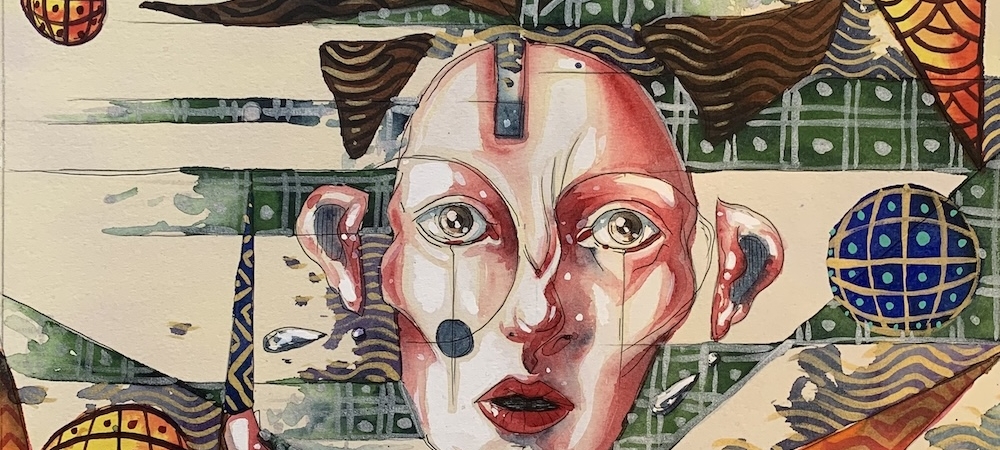 Lucy was born in Kyoto, Japan and grew up in both Tokyo and Kyoto with her two older sisters, Alice Pulvers and Sophie Pulvers, also artists, and her older brother, Jeremy. Lucy was educated in Japanese schools until she moved to Sydney in 2001 and is bilingual in Japanese and English.
Lucy was born in Kyoto, Japan and grew up in both Tokyo and Kyoto with her two older sisters, Alice Pulvers and Sophie Pulvers, also artists, and her older brother, Jeremy. Lucy was educated in Japanese schools until she moved to Sydney in 2001 and is bilingual in Japanese and English.
In 2014 Lucy was awarded the Thea Proctor Scholarship by the Julian Ashton Art School in Sydney. In 2018/19 Lucy spent a year in the UK and travelled in Europe, particularly spending time in Germany. This was an intense period of looking at art, as well as painting and drawing while living in London.
Lucy has exhibited with the Royal Institute of Painters in Water Colours every year, since 2019. In the 2020 watercolour exhibition, a self-portrait was awarded the ‘President’s Choice Award’. In 2024, Lucy received the ‘Anthony J Lester Art Critic Award’.
In April 2025, Lucy was elected to be a member of the Royal Institute of Painters in Water Colours.
Lucy exhibits regularly in Australia and has been a finalist twice in the Portia Geach Portraiture Prize, a finalist in the Mosman Art Prize, a semi-finalist in the BP Portraiture Prize in London, a finalist in the Blake Prize for religious art as well as various other prizes.
Lucy is essentially a figure painter and portrait artist. All of her artistic work is rooted in her relationship to line and drawing as the foundation of her paintings, both in watercolour and oils.
Artist Statement:
My paintings are all, in essence an exploration of the inner emotional life of human beings. I use geometry, strong colour and bold lines to give my work an emotional power. These elements of colour and line are woven together to synthesise a surface world which captures a moment in the inner life of the figure portrayed.
Japanese aesthetic culture has had a major impact on my work as I spent my childhood there and began to develop as an artist in Japan. In many traditional Japanese portraits, the face and hands are the elements that give expression to the inner life of the figure. The clothing of the figure, however, is often full of volume, geometry, colours and symbols which tell the story of the figure.
I am also fascinated by Kabuki and Noh theatre, where emotional climaxes in the drama are often expressed in frozen moments. The ‘mie’ in Kabuki is when the actor poses motionless but with extreme energy, bathed in dramatic lighting so the whole theatre holds its breath in the moment.
I am now consistently producing larger works and am enjoying being able to express myself in much larger compositions.
I studied classical voice and piano as a child, and music is also a very important influence on my work. Like music, my work is an emotional expression rather than a didactic statement, with the emotional quality expressed through colour, line and form.

